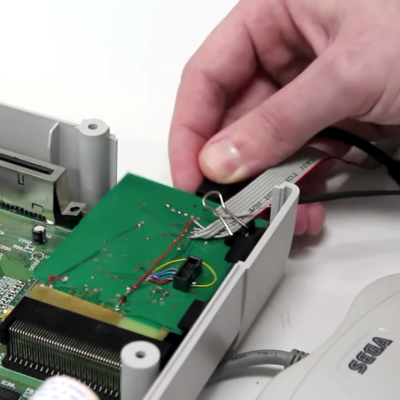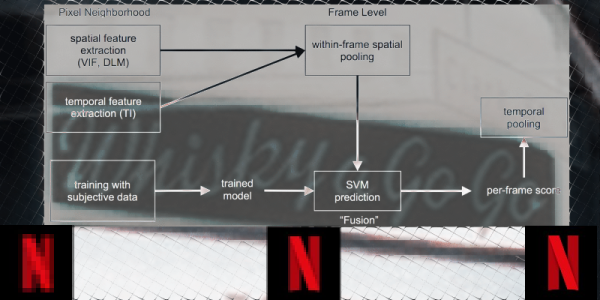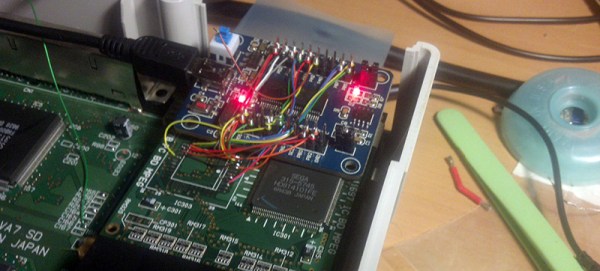We start this week with news from Mars, because, let’s face it, the news from this planet isn’t all that much fun lately. But a couple of milestones were reached on the Red Planet, the first being the arrival of Perseverance at the ancient river delta it was sent there to explore. The rover certainly took the scenic route to get there, having covered 10.6 km over the last 424 sols to move to a position only about 3.5 km straight-line distance from where it landed. Granted, a lot of that extra driving was in support of the unexpectedly successful Ingenuity demonstration, plus taking time for a lot of pit stops along the way at interesting features. But the rover is now in place to examine sedimentary rocks most likely to harbor the fossil remains of ancient aquatic life — as opposed to the mainly igneous rocks it has studied along the crater floor so far. We’re looking forward to seeing what happens.
MPEG4 Articles
Decoding The Netflix Announcement: Explaining Optimized Shot-Based Encoding For 4K
Netflix has recently announced that they now stream optimized shot-based encoding content for 4K. When I read that news title I though to myself: “Well, that’s great! Sounds good but… what exactly does that mean? And what’s shot-based encoding anyway?”
These questions were basically how I ended up in the rabbit hole of the permanent encoding optimization history, in an effort to thoroughly dissect the above sentences and properly understand it, so I can share it with you. Before I get into it, lets take a trip down memory lane. Continue reading “Decoding The Netflix Announcement: Explaining Optimized Shot-Based Encoding For 4K”
Interactive Demo Shows The Power Of Fourier Transforms
When it comes to mathematics, the average person can probably get through most of life well enough with just basic algebra. Some simple statistical concepts would be helpful, and a little calculus couldn’t hurt. But that leaves out a lot of interesting mathematical concepts that really do have applications in everyday life and are just plain fascinating in their own right.
Chief among these concepts is the Fourier transform, which is the key to understanding everything from how JPEGs work to how we can stream audio and video over the Internet. To help get your mind around the concept, [Jez Swanson] has this interactive Fourier transform visualizer that really drives home the important points. This is high-level stuff; it just covers the basic concepts of a Fourier transform, how they work, and what they’re good for in everyday life. There are no equations, just engaging animations that show how any function can be decomposed into a set of sine waves. One shows the approximation of a square wave with a slider to control to vary the number of component sine waves; a button lets you hear the resulting sound getting harsher as it approaches a true square wave. There’s also a great bit on epicycles and SVGs, and one of the best introductions to encoding images as JPEGs that we’ve seen. The best part: all the code behind the demos is available on GitHub.
In terms of making Fourier transform concepts accessible, we’d put [Jez]’s work right up there with such devices as the original Michelson harmonic analyzer, or even its more recent plywood reproduction. Plus the interactive demos were a lot of fun to play with.
[via the Adafruit blog]
Cracking The Sega Saturn After 20 Years
When it was released 20 years ago, the Sega Saturn was by far the most powerful video game console available. It was a revolutionary device, had incredible (for the time) graphics, and a huge library of IP Sega could draw from. The Saturn was quickly overshadowed by the Sony Playstation, and soon these devices found themselves unused, unloved, and fetching high prices on the collectors market.
After finding a Sega Saturn on a trip to Japan, [jhl] decided he would like to write some code for this machine. Unlike earlier consoles, where Flash cartridges are readily available, or later consoles, where writing directly to the on-board storage is easy, bringing up a development environment for the Saturn isn’t easy. The best method is installing a mod chip and working off of burned CDs. Instead of writing a game or two for the Saturn, [jhl] got distracted for a few years and developed an optical drive emulator.
 According to [jhl], the design of the Sega Saturn is tremendously complicated. There’s an entire chip dedicated to controlling the CD drive, and after some serious reverse engineering work, [jhl] had it pretty much figured out. The question then was how to load data onto the Saturn. For that. [jhl] turned to the internal expansion port on the Saturn. This internal expansion port was designed to accept an MPEG decoder card for playing video CDs on the Saturn, but the connector presents the entire bus. By attaching a Game Boy Flash cartridge, [jhl] was able to dump the ROM on the CD controller.
According to [jhl], the design of the Sega Saturn is tremendously complicated. There’s an entire chip dedicated to controlling the CD drive, and after some serious reverse engineering work, [jhl] had it pretty much figured out. The question then was how to load data onto the Saturn. For that. [jhl] turned to the internal expansion port on the Saturn. This internal expansion port was designed to accept an MPEG decoder card for playing video CDs on the Saturn, but the connector presents the entire bus. By attaching a Game Boy Flash cartridge, [jhl] was able to dump the ROM on the CD controller.
With a little bit of work, a fast ARM microcontroller, and a CPLD for all the logic glue, [jhl] was built an adapter to push CD data to the Saturn through this internal expansion port. Not only is this a boon for homebrew Saturn development, but this build also completely replaces the CD drive in the Saturn – a common failure point in this 20-year-old machine.
The formal release for this ultimate Saturn crack isn’t out yet, but it’s coming shortly, allowing anyone who still has a Saturn to enjoy all those very blocky games and develop their own games. You can check out a short, amateur documentary made on [jhl]’s efforts below.














